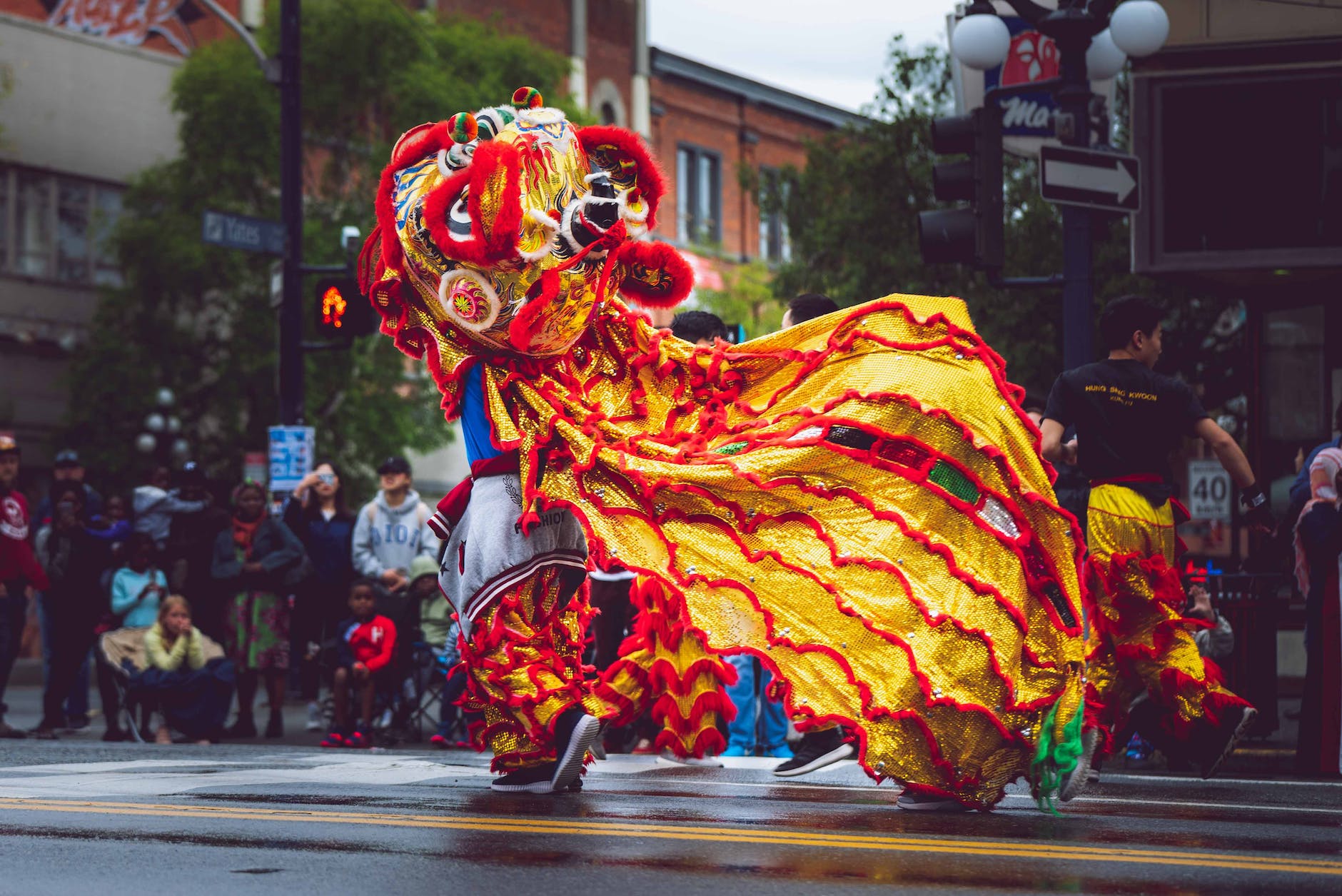handmade arts and craft- preserving traditional handicraft techniques in the modern era
In today’s fast-paced and technology-driven world, there is a growing concern about the preservation of traditional crafts and the handmade arts. These crafts are not just a reflection of our rich cultural heritage, but they also hold deep roots in our history and traditions. Preserving traditional handicraft techniques has become crucial to ensure that future generations have the opportunity to learn and appreciate these skills that have been passed down from generation to generation. This article will explore the importance of preserving traditional crafts, the challenges faced in doing so, the role of technology in craft preservation, the significance of handmade crafts in the modern era, and how we can ensure the future of traditional crafts for generations to come.
The Importance of Preserving Traditional Crafts
Traditional crafts hold immense value and significance in today’s society. They are not just mere objects; they are carriers of our cultural heritage, representing the history, traditions, and values of a particular community or region. By preserving these crafts, we are ensuring that the intangible cultural heritage is not lost and that future generations have a window into the past.
Moreover, traditional crafts also contribute to the economic development of a country. Many artisans and craftsmen rely on these crafts for their livelihood. By preserving and promoting these crafts, we are supporting their skills and providing them with opportunities to earn a sustainable income.
Challenges in Preserving Traditional Handicraft Techniques
Preserving traditional crafts comes with its own set of challenges. One of the main challenges is the scarcity of raw materials. Over time, the availability of certain materials used in traditional crafts has declined, making it difficult for artisans to continue their craft traditions. This problem can be addressed by exploring alternative materials or finding sustainable ways of sourcing the required raw materials.
Another challenge artisans face is the preservation of their traditional knowledge. Craftsmen and women may struggle to pass down their skills and knowledge to future generations, leading to the loss of traditional craftsmanship. Efforts should be made to document and record these skills, ensuring that they are not forgotten.
The Role of Technology in Craft Preservation
Technology can play a vital role in preserving traditional crafts. Modern tools and techniques can be integrated into the production methods of traditional crafts, making them more efficient and sustainable. For example, 3D printing can be used to create intricate designs that were previously difficult to achieve by hand. Additionally, digital platforms can be utilized to promote and preserve traditional crafts, providing artisans with a wider audience and new marketing opportunities.
The Significance of Handmade Crafts in the Modern Era
In today’s mass-produced world, handmade crafts hold a special value. They are unique, often one-of-a-kind pieces that showcase the skill and creativity of the artisan. Handmade crafts have the power to connect people to their cultural heritage, as they are rooted in traditional techniques and methods. Owning a handmade craft is like owning a piece of history, and it brings a sense of authenticity and personality to our homes and lives.
Supporting handmade craft industries also has many benefits. It promotes sustainable and ethical practices, as handmade crafts are often produced using traditional and environmentally friendly methods. It also helps to preserve cultural diversity, as each region or community has its own distinct craft traditions. By supporting these industries, we are contributing to the continued existence and growth of these crafts.
Ensuring the Future of Traditional Crafts for Generations to Come
To ensure that traditional crafts continue to thrive for future generations, several steps can be taken. Firstly, there needs to be a focus on passing down traditional craftsmanship to younger generations. This can be done through apprentice programs, where experienced artisans mentor and train young individuals in their craft. Education also plays a crucial role in preserving traditional crafts. Incorporating craft-related subjects into school curriculums can instill an appreciation for these skills and create a new generation of artisans.
Furthermore, various initiatives and organizations are working to preserve traditional crafts. These organizations provide platforms for artisans to showcase their work, connect with potential buyers, and receive support and training. By supporting these initiatives, we can contribute to the preservation of traditional crafts.
